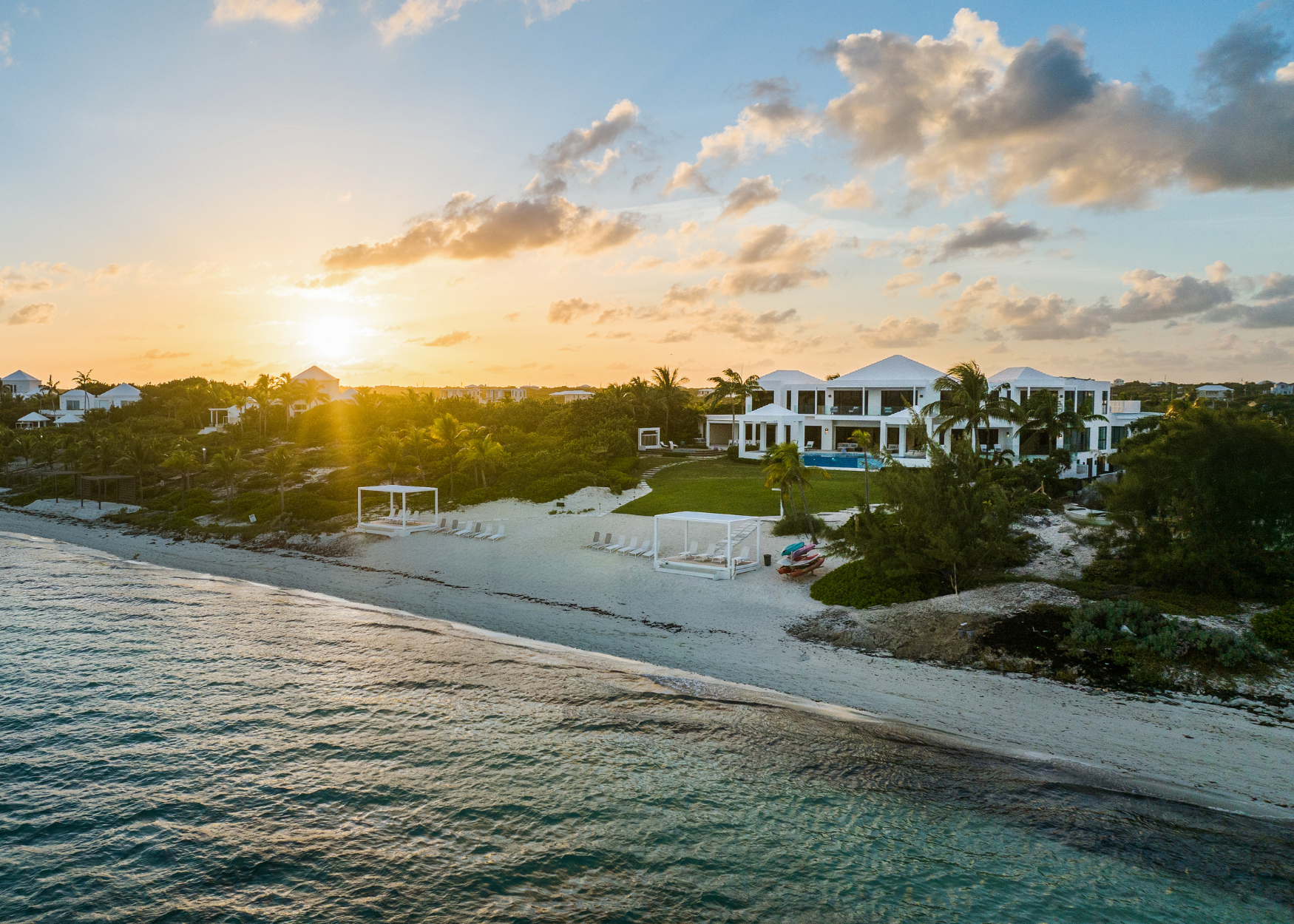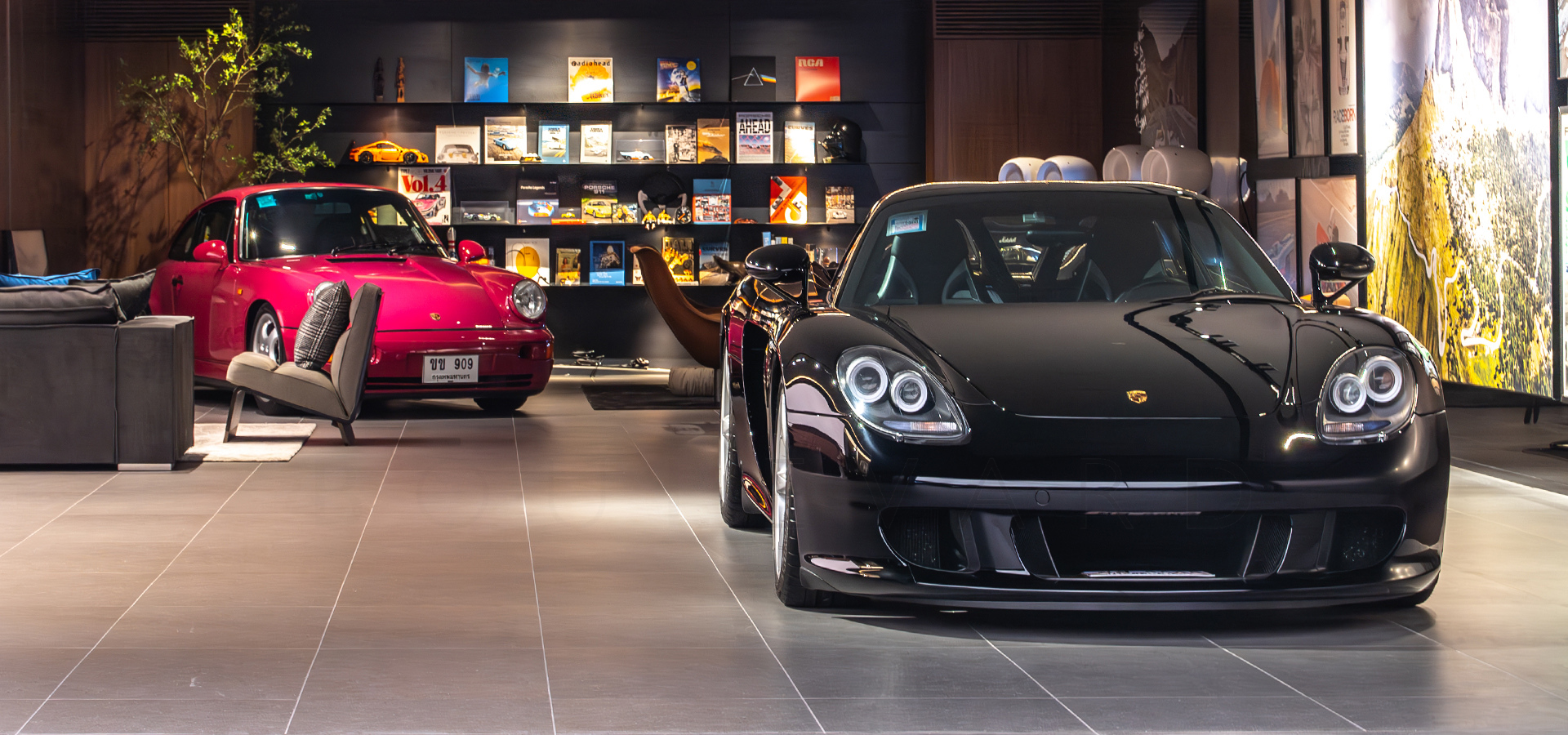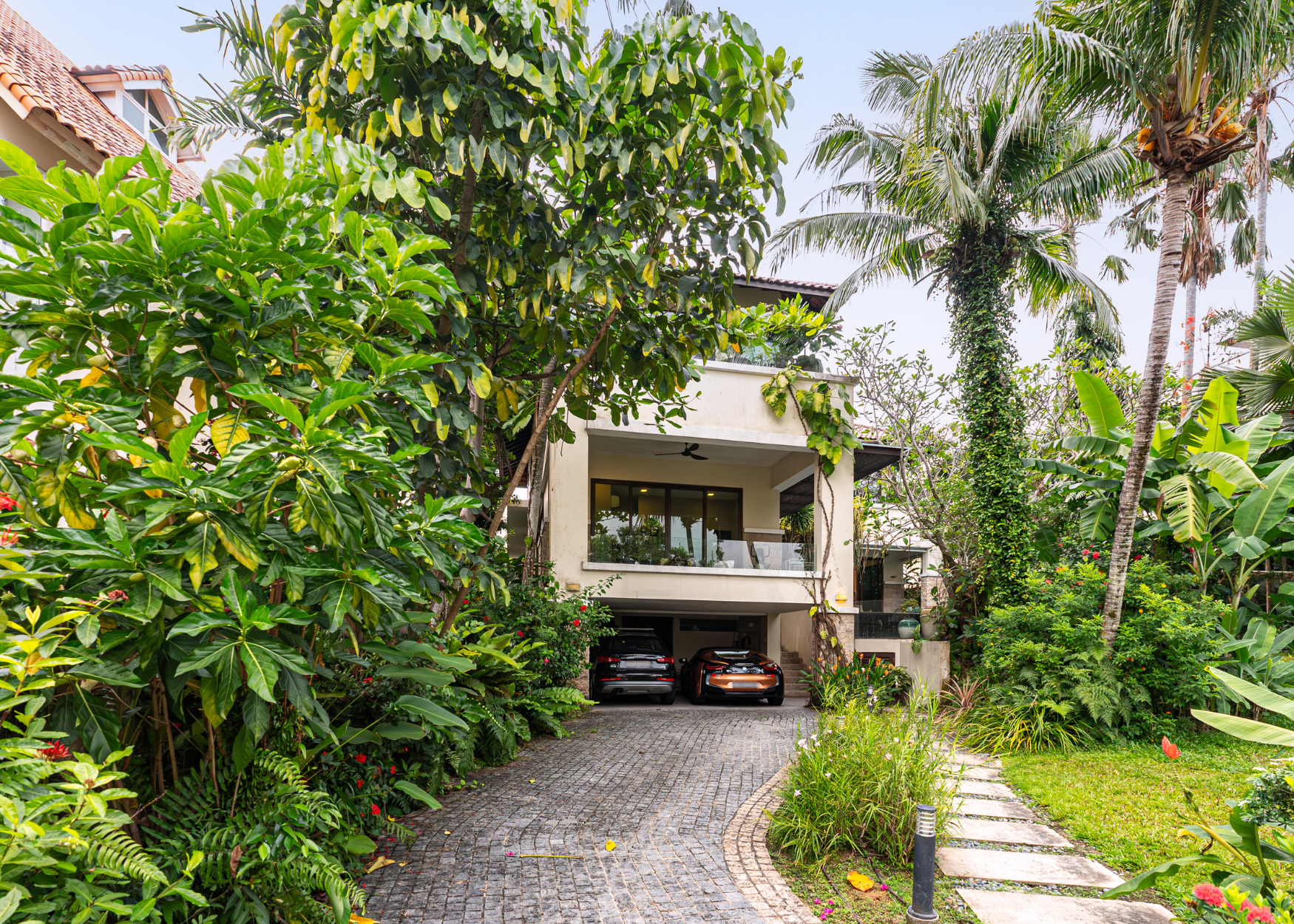The report: Ian Hurdle on the outlook of ultra-prime Caribbean estates and the rise of multifunctional holiday homes
Ian Hurdle, founder and director of The Agency Real Estate in Turks and Caicos Islands, offers insight into today’s ultra-prime Caribbean market. He discusses how the pandemic and evolving buyer priorities are shaping the demand for multifunctional holiday homes in exclusive destinations, such as Turks and Caicos, The Bahamas, and Cayman. Hurdle also highlights the scarcity of top-tier estates, the ongoing demand from UHNW buyers, and the operational realities of owning these exceptional properties.
The ultra-prime Caribbean segment has remained resilient but selective. In the first quarter of 2025, we saw a period of recalibration—buyers were cautious, taking longer to transact while the global economy and interest-rate climate stabilised. In the second half of the year, confidence has returned at the very top end of the market, with serious UHNW individuals resuming acquisitions in Turks and Caicos, The Bahamas, and Cayman. Transaction volume is relatively low by nature but deal size and value retention remain exceptional. It’s less about speed and more about strategic, trophy-level acquisitions.

Ian Hurdle, founder and director of The Agency Real Estate Turks and Caicos. Top: Triton, a beachfront estate in Long Bay Beach, Turks and Caicos.
We’re in a period of measured stability. Demand is still outpacing new ultra-prime supply, especially on islands with finite coastline, such as Providenciales and Grand Cayman. Over the next 12 months I expect fewer transactions overall, but higher aggregate sales volume driven by top-tier properties changing hands—$20 million to $60 million listings in Turks and Caicos, for example. Pricing should remain firm due to land scarcity, construction inflation, and ongoing global appetite for secure, tax-neutral havens.
The evolving profile of today’s ultra-prime buyers
Lifestyle is the entry point for a buyer’s choice, but capital preservation and diversification close the deal. Most buyers are self-made entrepreneurs or second-generation family-office clients from North America or Europe. They’re drawn to the Caribbean for quality of life, privacy, and ease of access, but they also see the resilience of these markets—no capital gains tax, limited supply, and consistent rental yields—as a strategic hedge. It’s a lifestyle with a long-term wealth-preservation upside.
“Demand is still outpacing new ultra-prime supply, especially on islands with finite coastline, such as Providenciales and Grand Cayman. Over the next 12 months I expect fewer transactions overall, but higher aggregate sales volume driven by top-tier properties changing hands.”
International buyers also have a significant effect on the market. In Turks and Caicos, roughly 90 per cent of high-end buyers are international, primarily from the US, Canada, and the UK, with growing interest from Western Europe and the Middle East. This cross-border demand sets pricing benchmarks, drives architectural quality, and elevates local infrastructure. Developers are responding with more sophisticated, globally benchmarked products—private communities, branded residences, and full-service villa resorts.
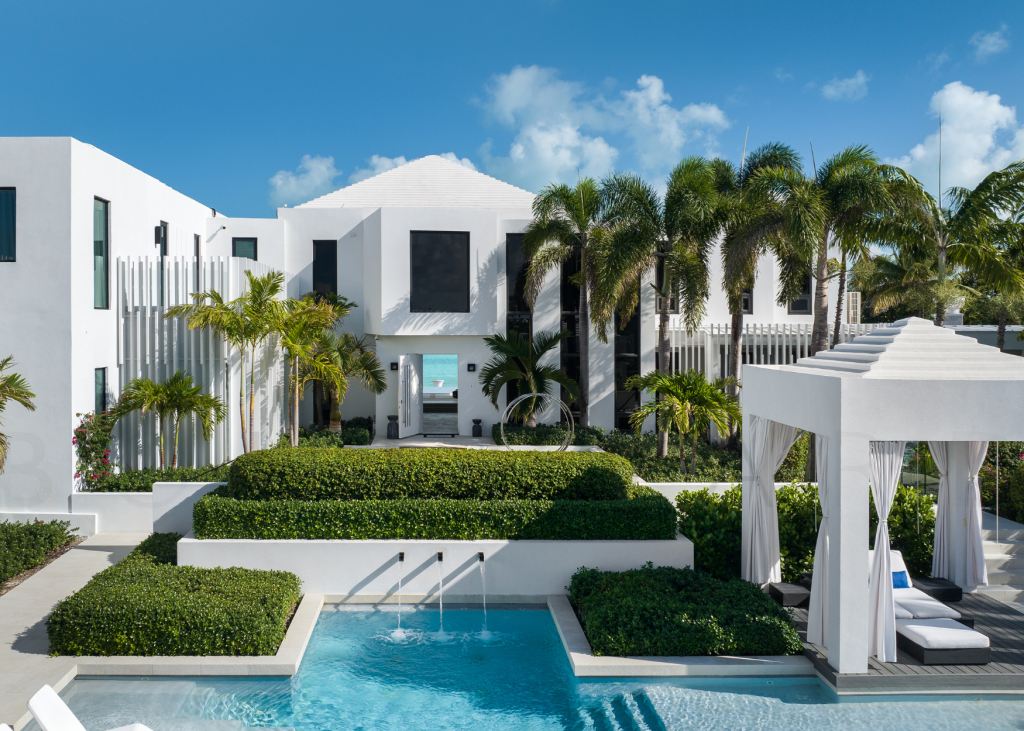
The Triton property sits on over 7 acres of land, featuring expansive white-on-white interiors, designer furnishings and lighting, and 15 bedrooms.
Ultra-prime buyers in the Caribbean are looking for turnkey, architecturally significant waterfront estates—typically five to eight bedrooms on one to three acres, with at least 200 ft of beach or ocean frontage. Privacy is paramount, followed by design pedigree, sustainability, and resort-style amenities: gym, spa, cinema, guest pavilions, staff quarters, and dockage. The preference today is for contemporary design with seamless indoor-outdoor flow, automated systems, and branded interiors. Buyers want a residence that feels both personal and hospitality-grade.
The rise of multifunctional holiday homes
The pandemic permanently shifted priorities toward flexibility, wellness, and multi-generational living. HNWIs now view a second or third home not just as a retreat but as an alternative base of operations. Political and tax stability in select Caribbean jurisdictions, combined with digital connectivity and private-aviation access, have made ownership far more practical. People want the option to live beautifully and safely on their own terms.
“Ultra-prime buyers in the Caribbean are looking for turnkey, architecturally significant waterfront estates—typically five to eight bedrooms on one to three acres, with at least 200 ft of beach or ocean frontage.”
Buyers view their holiday homes as both personal and family use, and as income-generating assets. The primary motivation is personal enjoyment, but intelligent owners structure usage around professional management programs to offset operating costs. In Turks and Caicos, it’s common for estates to generate seven-figure annual rental revenue while still accommodating owner stays. The hybrid “residence plus investment” model has become the new normal for the UHNW segment.
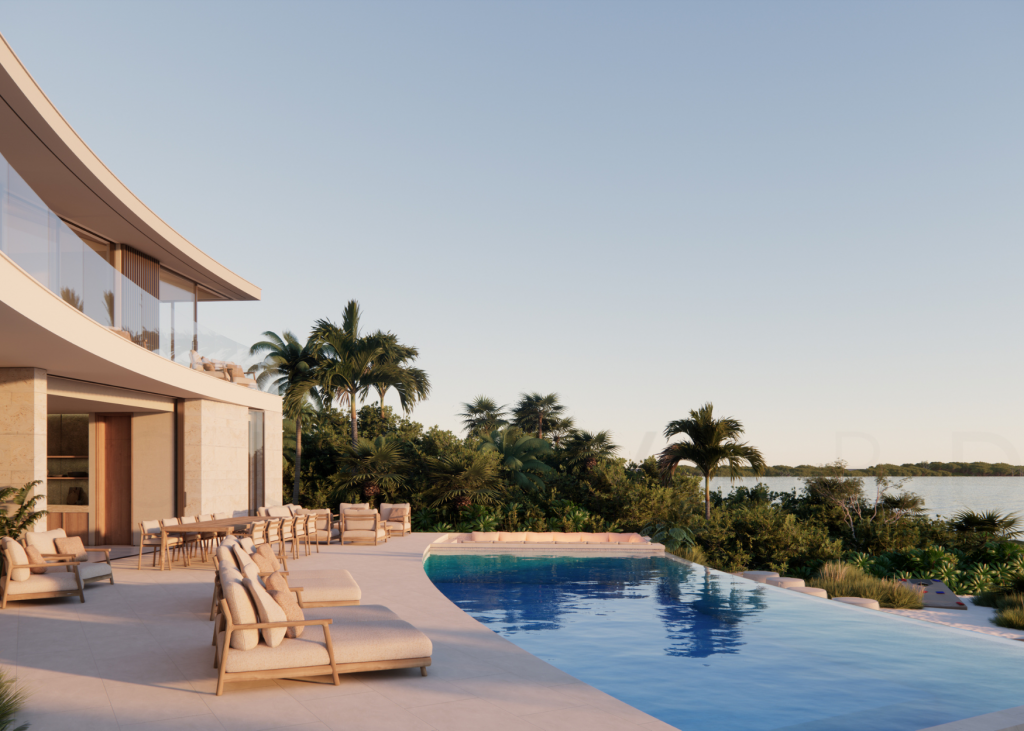
A beachfront villa in Providenciales, set on 21,780 sqft of land and designed by Blee Halligan Architects.
What buyers expect from their holiday homes are privacy, connectivity, and turnkey quality. They want staff infrastructure, backup power, and technology that’s invisible but reliable. Access to high-quality dining, wellness, and recreation also ranks high. Increasingly, buyers are asking about environmental resilience—elevated foundations, hurricane-rated glass, and renewable energy systems. The aesthetic is still barefoot luxury but supported by world-class engineering.
Scarcity, demand, and the realities of owning Caribbean ultra-prime homes
The demand on top holiday destinations is outstripping supply. True ultra-prime inventory is measured in single digits across most Caribbean islands at any given time. New construction struggles to keep pace because permitting, logistics, and material costs are complex. When a best-in-class estate comes to market, it often trades privately before reaching the multiple listing service or MLS. This scarcity is what underpins value growth even during broader global slowdowns.

The Mandalay estate is a beachfront residence in Long Bay Beach with resort-style amenities, including a sunken firepit and swimming pool.
Many buyers underestimate the operational component—staffing, utilities, insurance, and hurricane preparedness. The carrying costs on an ultra-prime estate can exceed $500,000 per year, depending on scale. There’s also the importance of property management and estate security, particularly for absentee owners. My advice is always to view ownership as a lifestyle enterprise—build a trusted local team and treat it with the same professionalism as any business asset.
Read next:

